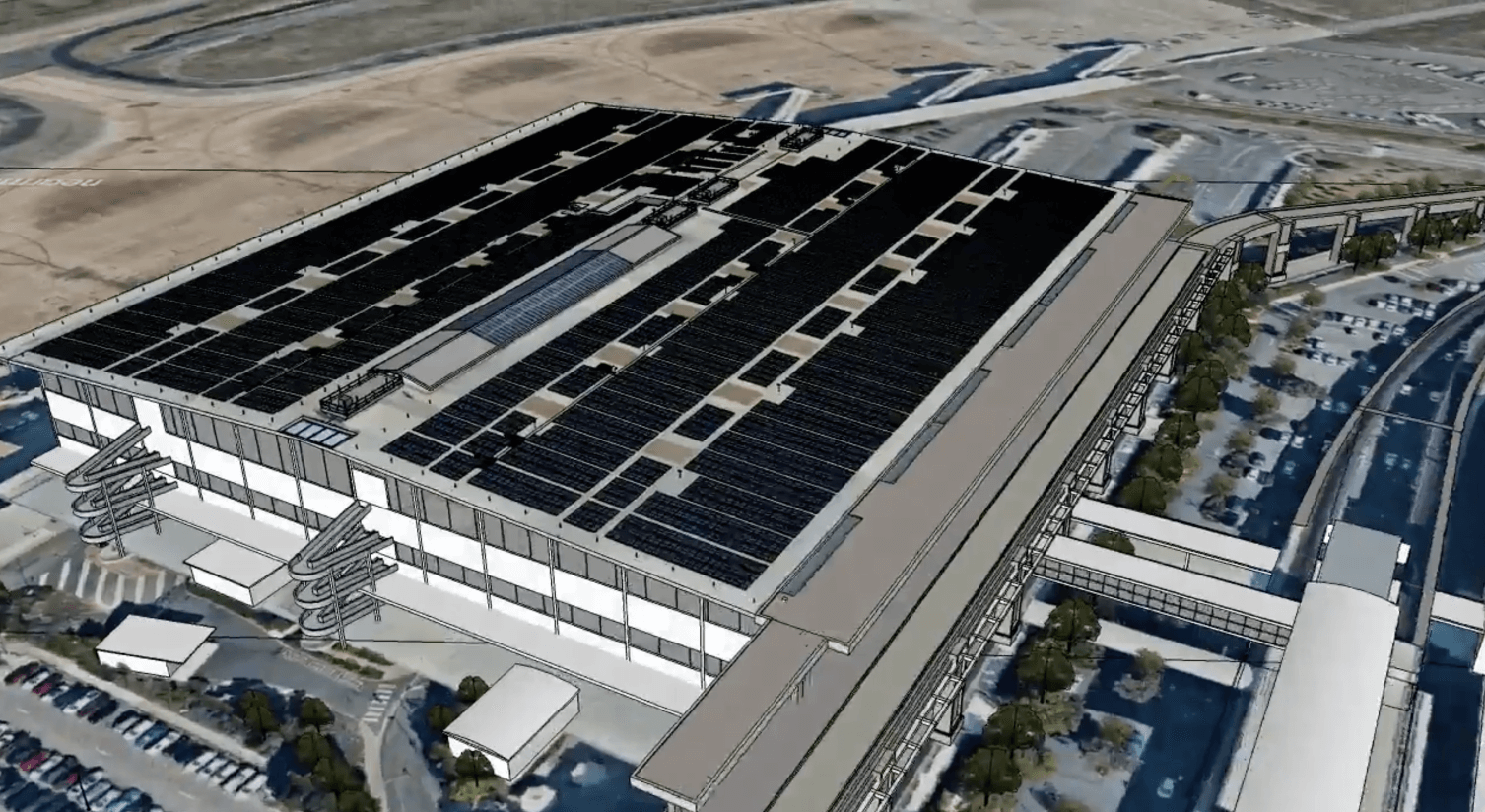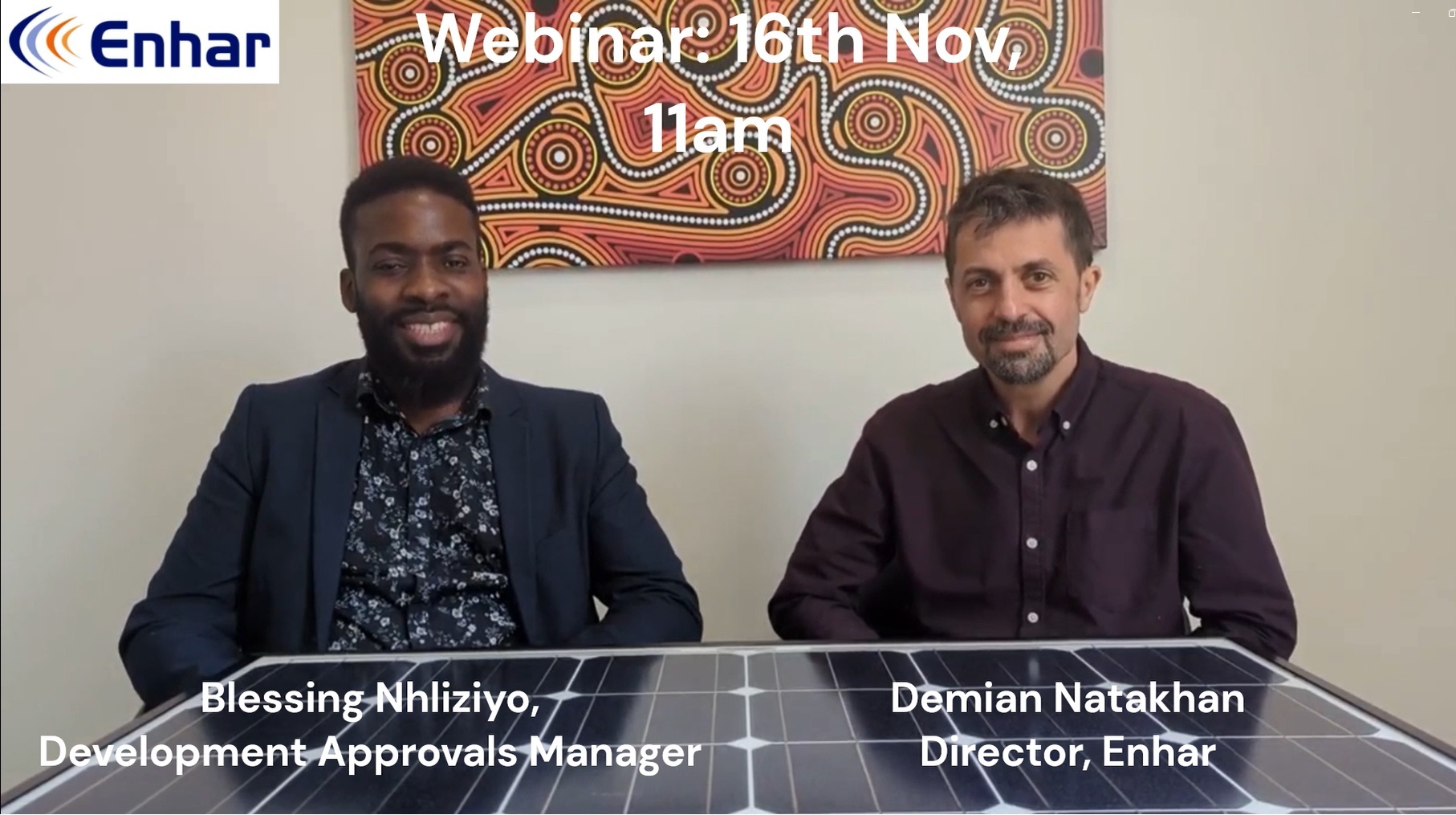Introduction
Solar panels are marketed as self-cleaning, but does that mean they never need to be cleaned?
It’s a controversial topic that can have a direct impact on the efficiency, safety and lifespan of your solar panel installation and the answer is not-so-straightforward.
In this article, we’re going to explore some general principles regarding solar panel cleanliness, such as when to clean the panels to ensure systems are working efficiently and safely, and how to improve the longevity of your solar asset.
While panel cleanliness is the main focus, it’s important to note that it is but one component of a general maintenance and management plan for solar system assets.
The majority of commercial solar systems are not maintained adequately; and in fact some have never been inspected, maintained or audited by accredited personnel; this leads to performance, safety and condition issues; including issues associated with panel cleanliness.
Before drafting a solar management plan, it is highly recommended that a condition, safety and performance audit is conducted to benchmark your installation's performance, review safety issues and assess the condition of the system, including panel cleanliness.
This includes testing the function and condition of isolators, inverter operation, switchboard terminations. panels mounting and other elements, critical to the performance and longevity of the system.
With that out the way let’s do a deep dive into how to keep your solar system working efficiently and safely throughout its lifespan.

Soiling and Yield Losses
One of the major factors when considering cleaning of panels is soiling of the panels, and associated yield and performance losses.
From our observation the majority of solar installations in normal site and installation conditions have minimal soiling from dust or birds, and in most cases regular rain does clean the panels sufficiently to reduce the effect of the soiling and associated yield losses to a negligible amount.
So on that point, the manufacturer's self cleaning claim holds up in normal conditions; however this obviously is dependent on site conditions, bird population and panel installation tilt angle.
Of course there are some caveats with what is considered normal conditions.
For example, solar farms in rural locations or installations near mines or construction sites where there is more than average dust; sites with lower average rainfall or areas with a high bird population, will require additional care and assessment.
If you have a solar panel installation, especially in a dusty area, it’s recommended to keep an eye on it to monitor buildup on the panels; as well as monitoring the system yield to identify underperformance due to excess soiling.
Based on Enhar projects; we consider the cost of regular panel cleaning in normal conditions is unlikely to recoup the financial losses associated with dirty panels and associated yield reductions.

Safety and Condition Issues
Over time, dust, bird droppings, and moisture can accumulate on the panels, leading to the growth of algae, moss, and lichen along the lower edge of the panels. These organisms can have a substantial effect on solar cell efficiency and pose other technical and safety risks.
The largest risk is that they may push their rhizoids into spaces that are intended to be sealed, such as between a frame and glass face of a solar module, which creates a path for water to enter a solar module. This can result in a DC ground fault, an outcome that should be avoided.
While the growth of these organisms may take several years, some quicker growing species can take root in as little as 3-6 months and have a significant impact on system performance. Once taken hold they can be difficult to remove and have already created a path for water ingress.
In addition, lichen growth and bird droppings on solar cells can reduce the solar panel lifespan as they require the panel by-pass diodes to be constantly operating, potentially leading to excess heat and hot spots which leads quicker deterioration.
Periodic inspections by accredited personnel, as part of solar asset management plan, are recommended to inspect panel cleanliness and the potential for organism growth; at this stage a panel clean would be recommended on a case by case basis and condition.
It is important to assess solar panel cleanliness periodically to prevent potentially costly repairs and safety issues should they be left uncontrolled.

Cleaning of Surrounding Areas
Another risk associated with solar systems is the accumulation of debris under solar panels, typically in the form of dead, dry leaf matter from nearby trees which can be trapped by the solar panel framing.
Carried by the wind or nearby animals, the accumulation of such debris creates three major risks to the installation.
Fire Risk: Roofs become hot, and flammable tinder on an exposed facade of the building can be a recipe for disaster. If a spark from a nearby bushfire or freak accident were to occur, the whole installation would be left extremely vulnerable.
Wire Damage: With some nesting material already in place, home-seeking animals may nest under solar arrays, leading to an increased chance of them damaging wires or breaking them through unexpected movement under the panels.
Structural Integrity: Accumulation of debris on the roof surface also creates a location for moisture to attack the roof fabric; the debris breaks down creating soil which holds moisture. When long term debris is removed from a roof, it is not uncommon to find metal showing signs of rust and corrosion.
On top of these risks, debris under modules also reduces airflow under modules, meaning they don’t have the opportunity to passively cool, which decreases their efficiency.
As part of an inspection, it’s also important to consider the area around the panel and ensure any debris is removed. If there is debris or animal nests, it’s important to check the nearby wiring for any potential damage.
There are high DC currents in the cabling beneath the panels; and therefore, it is recommended accredited personnel supervise these cleaning works.

Conclusion
Solar power systems that are free from dust, algae, lichen and nearby debris operate more efficiently, operate more safely and have longer lifespans than panels that are left unattended after they are installed.
Whilst solar panels do a reasonable job at self-cleaning under normal site and installation conditions and the cost of panel cleaning is unlikely to recoup the day-to-day financial losses due to soiling, panel cleaning and maintenance should not be forgotten.
Instead, a panel cleaning plan unique to site factors and installation conditions should be created on a site-by-site basis; cleaning intervals and timing should be based on the condition of the panels identified during periodic maintenance by accredited personal or identified under performance of the system via system yield monitoring and asset management.
This will enable a greater lifespan of solar assets as preventative measures can be implemented to reduce likelihood of premature system failure and safety issues, which would ultimately result in significantly increased costs of fault diagnosis and complex technical repairs should they arise.
At Enhar, we recommend thorough cleaning only when an installation is likely to suffer significant losses or when the soiling is threatening the ingress protection (IP) rating of the solar modules or the integrity of the roof fabric. The timing of panel cleans should be based on periodic maintenance visits as part of an asset management plan, or following a condition, safety and performance maintenance audit by accredited personal.







